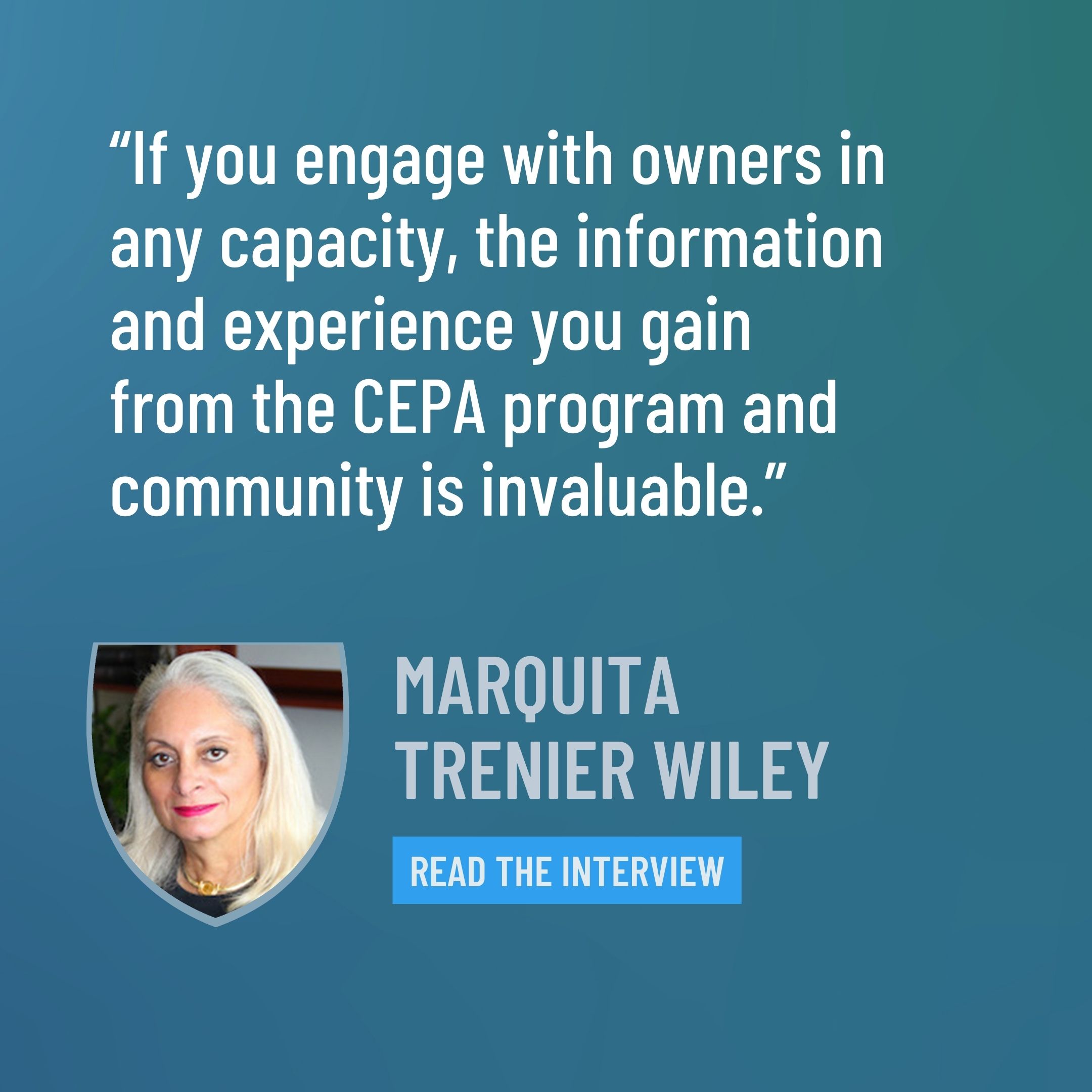
THE EXIT PLANNING BLOG
Keep up-to-date with exit planning, succession planning, industry trends, unique specialty insights, and useful content for professional advisors and business owners.
Share this
National Siblings Day
by Paige Wysocki on April 10, 2024

National Siblings Day Highlights the Importance of External Advisors
National Siblings Day is April 10 and is a day to honor the bond between siblings. As exit planners know, the ties that bind siblings together are amplified in the context of a family business—in ways both positive and negative.
Our National State of Owner Readiness™ Survey (SOOR) highlights the need for exit planning advisors to understand—and learn to navigate—family dynamics. 84% of business owners surveyed have some form of family control in their business. And, as those owners exit their businesses, it’s likely to stay within family control. 82% of second-generation owners favor an internal exit option.
That means that as owners transition companies to their children—from perhaps one parental owner to multiple children—understanding family dynamics is more important than ever to ensure smooth transitions and continued value acceleration.
We talked to two exit planning advisors, John Dini and David Harrell, about their experiences with and advice for exit planning with siblings involved.
Takeaway #1: Pay Attention to the Tension
Siblings have a lifetime of context for their relationships before they are even aware of their future involvement in the family business.
“Siblings look at each other and see their brother or sister first,” says David. “ They don’t see an underperforming Director of Marketing.”
David Harrell, an expert on the role of relationship tension in businesses, says that siblings naturally have tension.
“Siblings have been jockeying for resources their entire life,” says David. “They’ve been negotiating for who gets the car on Saturday night, who gets their way.”
In a business that’s going well, this tension creates a sense of comfort. But when problems occur?
“Tensions rise faster and hit harder,” David warns.
These tensions can also create what John calls a feeling of “legacy responsibility.”
“They’ve lived their lives in a place where the family business has employed a bunch of people, it’s important to the community, and it’s the livelihood of family members who may not be involved in the day-to-day but are shareholders,” John says. “There’s a sense of it’s the responsibility we’re brought up with—it’s what we do.”
Takeaway #2: Truth-telling Builds Credibility
A non-family member advisor, such as an exit planner, is critical to family-owned businesses. Past tension and the way relationships have been built over time creates blind spots for owners.
“It’s the prejudice of life,” John says. “There’s always that extra shadow of ‘I remember you cried every time we went to school,’ or dad saying, ‘I changed your diapers, so I have the final say.’”
Having an assessment framework and boldly telling the truth about what that assessment says is key for John.
“Stating the uncomfortable truth only makes you more trustworthy,” John says. “I tell my clients that if we work together, I’m not going to be the fake mirror that shows you only what you hope to see.”
For David, it starts with establishing rapport with every person in the business—even the non-family leaders. Through rapport, coaching, and training, advisors position themselves as experts.
“Siblings sometimes don’t take advice from each other very well,” David says. “But they’ll listen to an outside voice. Having a member of your advisory team with change management experience is important.”
Takeaway #3: All Things are Not Equal
When succession planning from one parent to multiple siblings, many members of the family will be tempted to make all things equal. But for John and David, it rarely does—or should—work out that way.
“Usually, the non-owner spouse is most interested in making the business ownership equal for the siblings,” says John. “My response is often: when you die, do you want the children to be having Thanksgiving together?”
We suggest looking at all three legs of the stool to make sure siblings are taken care of and the business has the right decision-making process and leadership in place. If one sibling has final decision-making status moving forward or a bigger share of the business, estate planning can compensate.
It’s important to look objectively at the siblings’ expertise and preparedness to lead.
While John and David agree it may be tempting to give decision-making status to the oldest child, they are sometimes not the best choice.
“Family-owned businesses have different dynamics than others,” says David. “Sometimes family members are brought in and given titles for which they have no experience. Advisors need to work to upskill them and get them in a better position to lead.”
Closing Thoughts
In closing, National Siblings Day reminds us of the complexities within family businesses. Our discussions with experts John and David underscore three key lessons:
- Understanding sibling dynamics is crucial for smooth transitions.
- External advisors provide unbiased insights vital for decision-making.
- Equal distribution in succession planning may not always be practical.
With us you can take charge of your family business succession journey with confidence and strategic foresight. For further guidance, explore our additional resources.
Additional Resources:Share this
- Blog (544)
- CEPA (419)
- exit planning (249)
- CEPA community (187)
- Business Owner (169)
- Exit Planning Summit (95)
- EPI Chapter Network (89)
- Value Acceleration Methodology (79)
- Exit Planning Partner Network (76)
- EPI Announcement (49)
- Content (48)
- Webinars (37)
- Excellence in Exit Planning Awards (33)
- Marketing (30)
- 2024 Exit Planning Summit (28)
- 5 Stages of Value Maturity (26)
- Books (24)
- EPI Academy (24)
- EPI Team (22)
- Exit Planning Teams (22)
- Leadership (21)
- 2023 Exit Planning Summit (20)
- family business (20)
- women in business (19)
- Intangible Capital (18)
- Exit Options (17)
- Black Friday (16)
- CPA (15)
- Walking to Destiny (15)
- State of Owner Readiness (14)
- Chapters (13)
- Chris Snider (12)
- National Accounts (12)
- Small business (12)
- charitable intent (12)
- personal planning (12)
- Financial Advisors (11)
- Season of Deals (9)
- 5 Ds (8)
- About us (8)
- Podcast (8)
- Insiders Bash (7)
- Scott Snider (7)
- Christmas (6)
- Exit Planning Content Library (6)
- Case Studies (5)
- Owner Roundtables (5)
- Value Advisors (5)
- financial planning (5)
- Awards (4)
- Circle of Excellence (4)
- Exit & Succession (4)
- Five Ds (4)
- Three Legs of the Stool (4)
- executive training (4)
- Owners Forum (3)
- author (3)
- forbes (3)
- DriveValue (2)
- EPI Thought Leadership Council (2)
- Exit Is Now Podcast (2)
- Peter Christman (2)
- Veteran (2)
- Whitepapers (2)
- Business Owners Forum (1)
- SOOR (1)
- business consultants (1)






